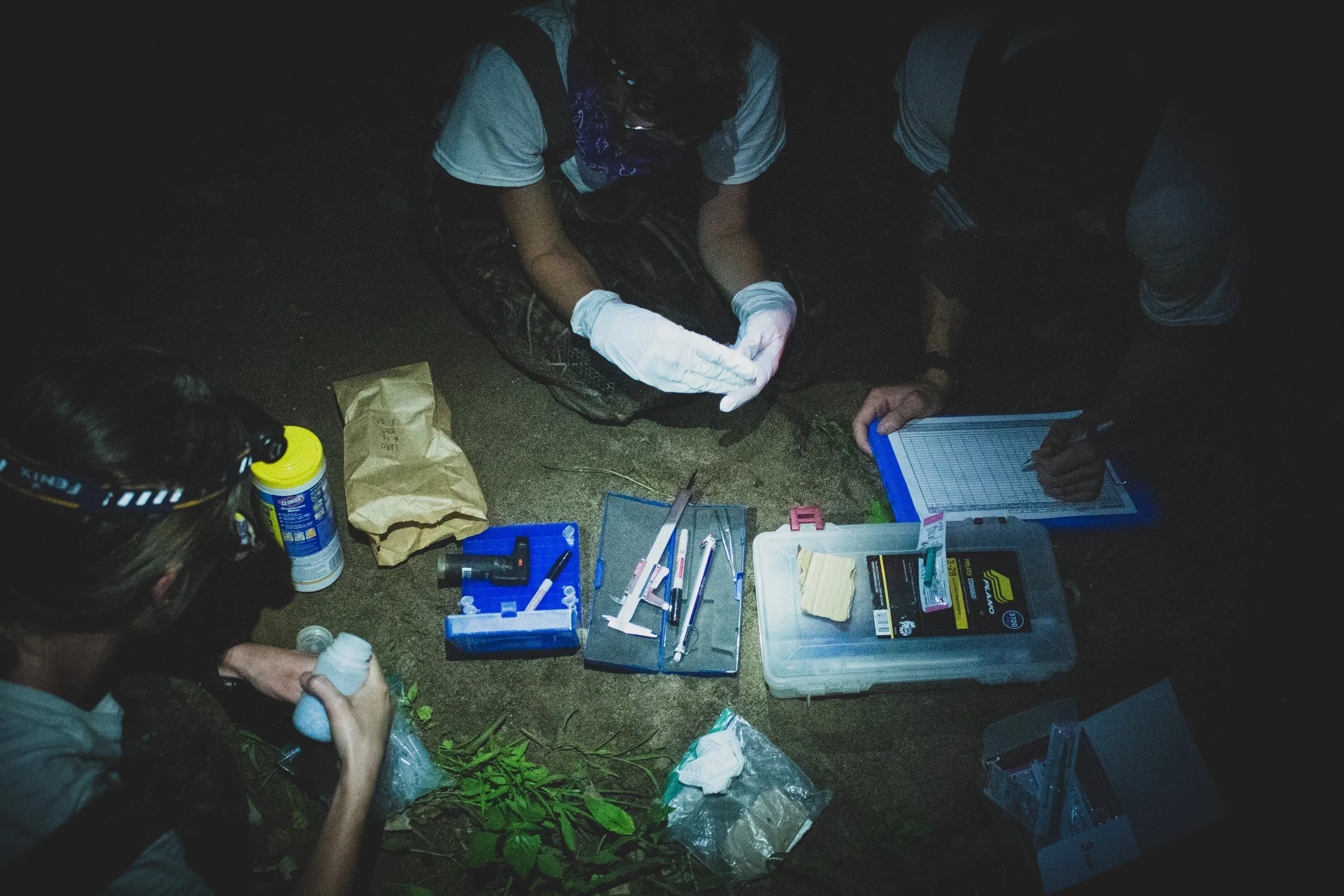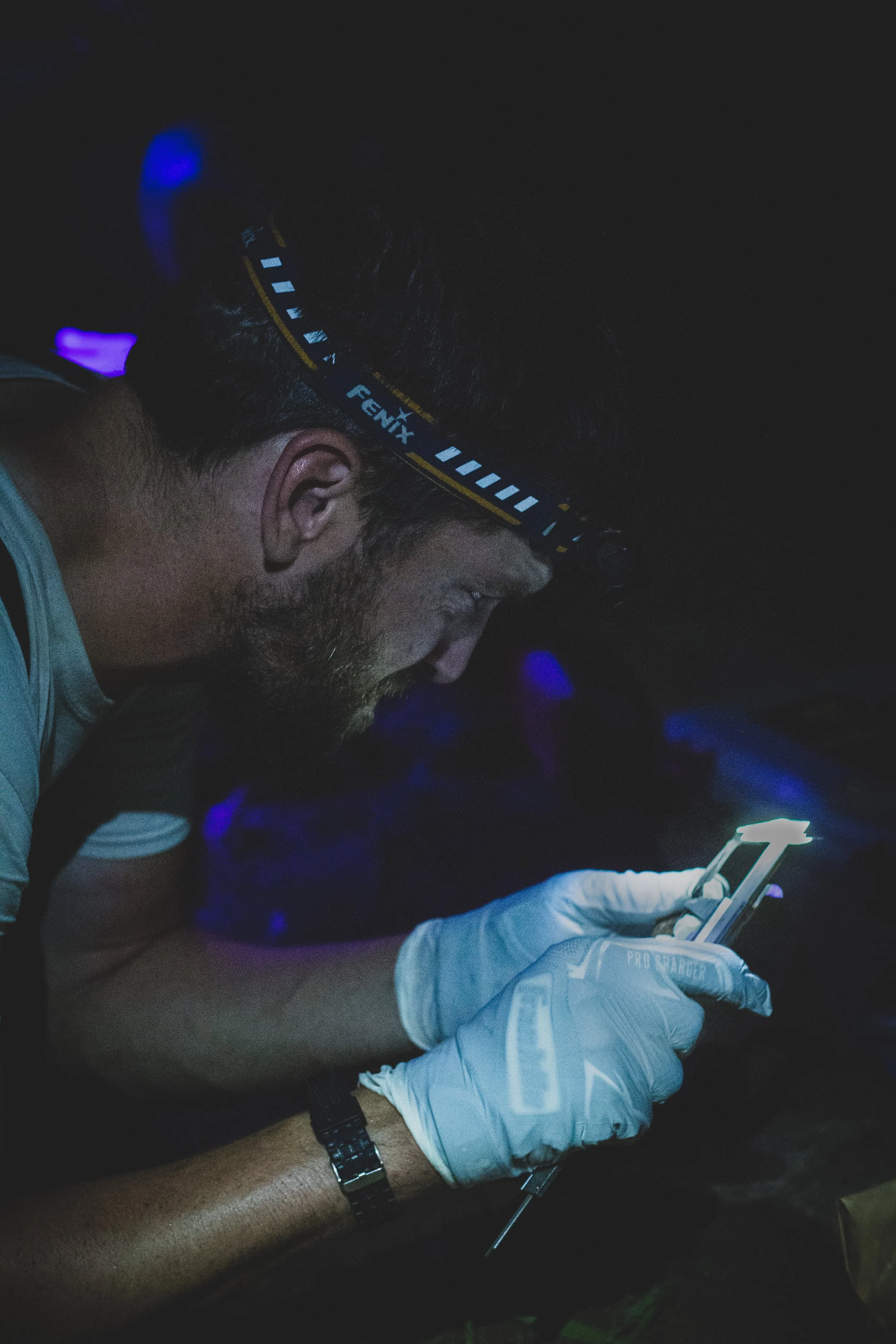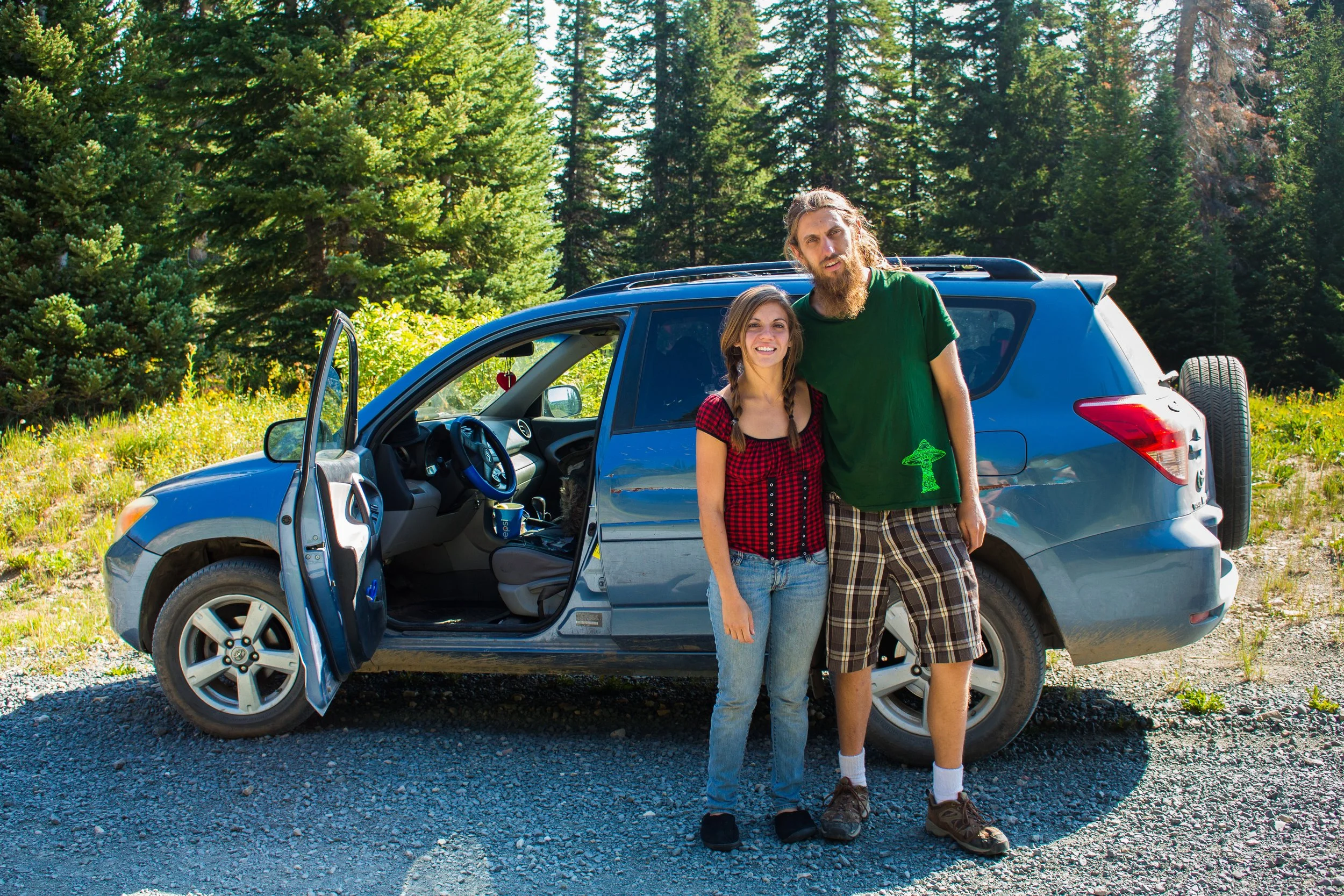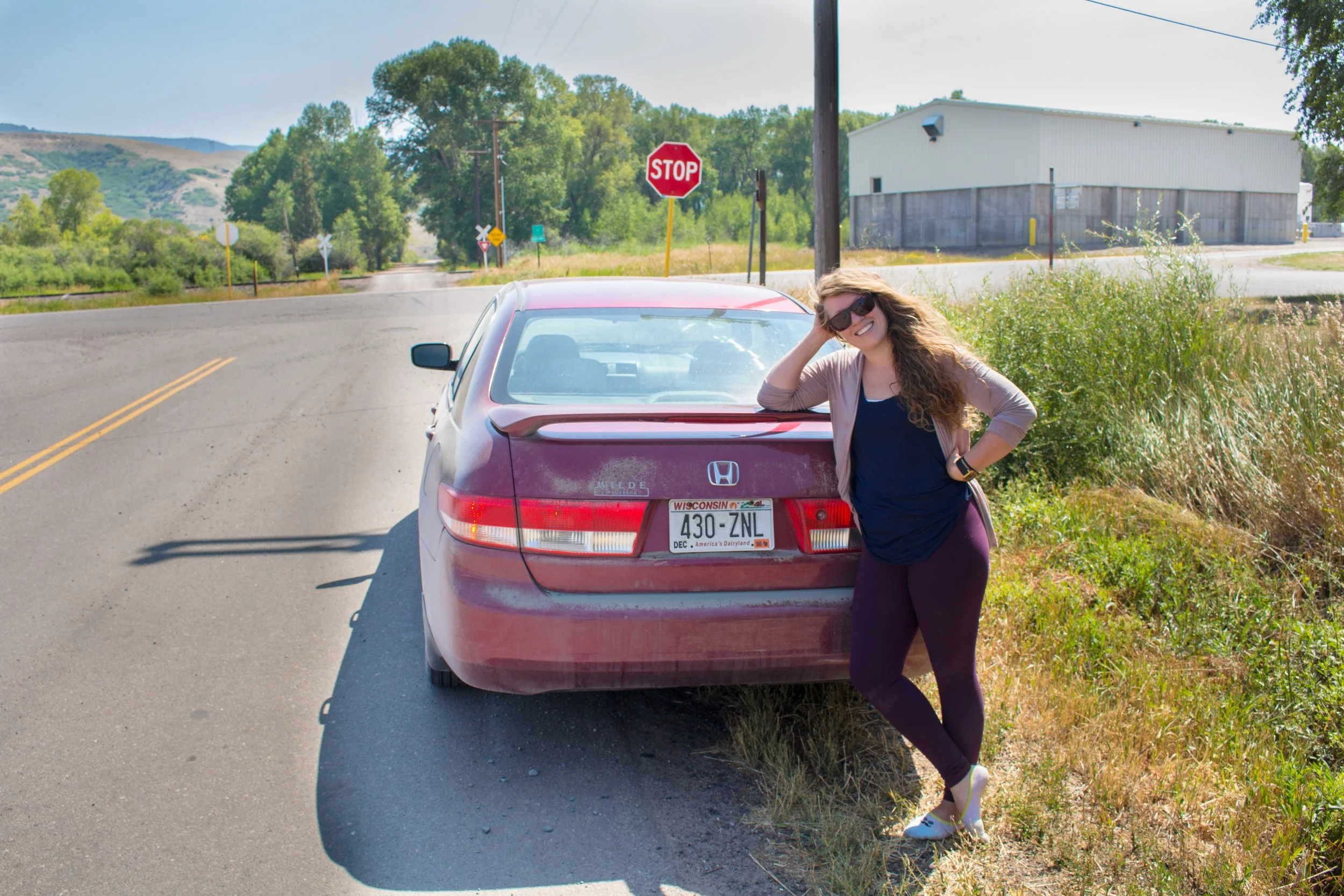Standing waist-deep in a cattle pond at 1:00 am with innumerable amounts of swarming insects crawling over every inch of bare skin was not exactly how I pictured my summer going. Yet that’s what happens when I answered Zack Cordes’s call.
I’d been hired by the Kansas Department of Wildlife, Parks and Tourism to work as a summer tech on their stream crew. However, the streams we were supposed to survey were overwhelmingly flooded by rains unheard of in early summer in Kansas, so we were tasked with “busy work.”
Meanwhile, over on our sister crew, “the bat crew,” there were reports of frozen waders and long nights with no bats to show. It was a tough break compared to our days of hauling sandbags and dismantling observation blinds. About two weeks into the stir-crazy busy work, I received a text from the bat crew’s leader Zackary Cordes. It turns out one of their crew suffered a summer-ending knee injury, and I so serendipitously was one of the few available people with rabies pre-exposure vaccination.
From left to right: Zackary Cordes, Chloe Million, Jacob Alexander, Brenna Lawless
So began my summer escapades with the ragtag group of budding bat biologists. Comprised of leader Zack and technicians Brenna Lawless, Chloe Million, and myself. This team of four would start the week by placing four acoustic detectors in predetermined locations. These detectors collected inaudible call data of bats throughout the week as part of an ongoing nationwide effort, the North American Bat Monitoring Program. Comprised of a receiver box, microphone, t-post, and telescoping paint pole, this simple set up allows for passive detection of bats flying within a given area around the omnidirectional microphone. Data recorded each week from these detectors was analyzed by an individual for verification of species identification. Each bat species has its own unique auditory signature, almost like a fingerprint. This double-checking of the identification was essentially like making sure that the fingerprint did, in fact, match the bat species identified by the receiver.
After the detectors were set up, the crew checked into our hotel and took a short break before we geared up for a night of netting. Typically, I would drive the follow truck and get to watch and sometimes guess where Zack was going to go. You certainly learn quickly that google maps aren’t always as accurate as you would like them to be. Eventually, we arrived at a site and did a quick scouting to identify where potential net sites were and what net arrangements would best fit that particular site. Bat nets, or more accurately, mist nets, are nets of varying lengths comprised of fine mesh with four vertical levels. The way they capture bats is by taking advantage of the bat’s rituals. Each night bats fly out of their roosts and fly to the closest water source using their eyesight and memory rather than echolocation. Contrary to the popular saying “blind as a bat,” they actually possess rather good eyesight and use it when they’re flying at certain times. Although exceedingly good at detecting and avoiding objects in their world of flight with eyesight and echolocation, mist nets are so fine that by the time a bat is close enough to detect them, it’s already tangled up and slightly confused as to what just happened. Our crew had the ability to set a single-high net, a double-high net (two nets set on top of each other), and a triple-high net (three nets stacked). The sites we typically looked for were shallow streams with overhanging trees, forming a flyway or corridor for bats. Additionally, we look for mature trees, field edges, and non-water corridors such as roads with overhanging trees. These site selections are usually done beforehand by Zack. Once at a site, our scouting sessions determine things such as:
“We’ll set a triple high there”
“A single upstream”
“A double downstream”
“A triple on the field edge”
From here the crew did an impromptu huddle break and scrambled about the trucks assembling what gear was needed. Setting up nets can be quite the emotional roller coaster. Some net sets are exceedingly easy and go up in no time. Others, however, can bring just about the most patient person to tears. Complications include, but are not limited to: rocky stream bottom (this requires the construction of a rock holster), steep muddy banks, 75+ percent humidity, excessive insect activity, telescopic poles not telescoping, and birds in already opened nets. Once these challenges were tackled a base camp was set up where the data collection happened, aka, the real deal science. Then we sat and waited. A net check was done every 15 minutes. Nights varied in success which ultimately equated to a variation in oddball conversations such as:
“Hey, Zack do you believe in aliens?”
“What do you think the government is hiding from us.”
“What’s the largest animal you could take on barehanded”
There was also a quite typical banter surrounding food between Zack and me which may or may not have driven Chloe and Brenna crazy. However, the nights we didn’t have time for these riveting conversations were often the best. This is simply because we were catching bats in high enough frequency to remain busy between net checks.
Once caught in a net the bat was gently removed from its entanglement, put in a paper bag, labeled, and let sit for 30 minutes to deposit a guano sample (part of Chloe’s upcoming study on dietary habits). The removal process was where the swarming insects came into play. Due to the fact that we worked at night, we wore headlamps which unfortunately also functioned as insect magnets. So, as we were struggling to untangle a bat, while wearing leather gloves with latex gloves over them we also had to try and not think about the thing crawling into our ear canals. It was no walk in the park and was certainly not for the faint of patience. It was a bit like trying to solve a puzzle that was constantly being messed up by toddlers who were also using you as a jungle gym.
When the 30 minutes was up, the bat was removed for data collection. The data we collected on bats included forearm length, weight, juvenile or adult, sex, reproductive status, wing score (the quality of the wing tissue), and a wing punch for DNA analysis. The wing punch was taken using a biopsy tool designed for humans. The hole left by the punch would heal within a few weeks and close on its own. After all of the data was collected, the bat was released back to its insect-eating existence with the help of a gentle toss.
At the end of the night, the reverse struggle of putting up nets happened in the form of takedown. All the slippery slopes, stubborn poles, and high humidity were now amplified by the sleep deprivation incurred by working into the wee hours of the morning. Once all of the poles and nets were rounded up, a decontamination zone was set up. Poles were wiped and sprayed down with various decontaminates proven to prevent the spread of Pseudogymnoascus destructans, a fungus that causes White Nose Syndrome (WNS). White Nose Syndrome is a disease that affects bats in hibernation. As the bats hibernate, the fungus spreads and ultimately wakes them from their sleep. Bats then expend far more energy than they had accounted for, which causes them to starve to death. This fungus is rapidly becoming widespread throughout the United States and was documented in Kansas in 2017. Fortunately for the plight of bats, this fungus has also high interest in bats and bat research by scientists globally due to how detrimental the fungus has proven to be.
With decontamination done, the trucks were loaded up and we shambled into our respective hotel beds and crashed for the remainder of the morning.
Fueled by talk of food the night before we assembled on the trucks wearing our “civilian attire” for crew lunch the next morning. This was arguably one of the best perks of the job. Since we traveled around Kansas to various cities, there was ample opportunity to try new and delicious meal options. This was taken advantage of by our crew who now could probably write the book on Mexican restaurants in Kansas. After lunch, the afternoon was free to frolic about doing whatever our personal preference was. Come 18:00, it was it’s time to gear up and roll out to execute another night of netting in a different location.
The whole summer was comprised of this. Each site had its own struggles and its own beauty. There were certainly good times and certainly trying times. Throughout our travels, we were able to meet the wide variety of people that call this state home. Occasionally wonderful individuals accompanied us whilst netting. Landowners were inviting and made us feel like we were part of their family visiting for the night. I took away far more from the summer than I think I could have ever realized. My hope is that some of those individuals we encountered along the way will stop and ponder for an extra moment the uniquely complex beauty of bats and the uncertain plight they still face.






















































